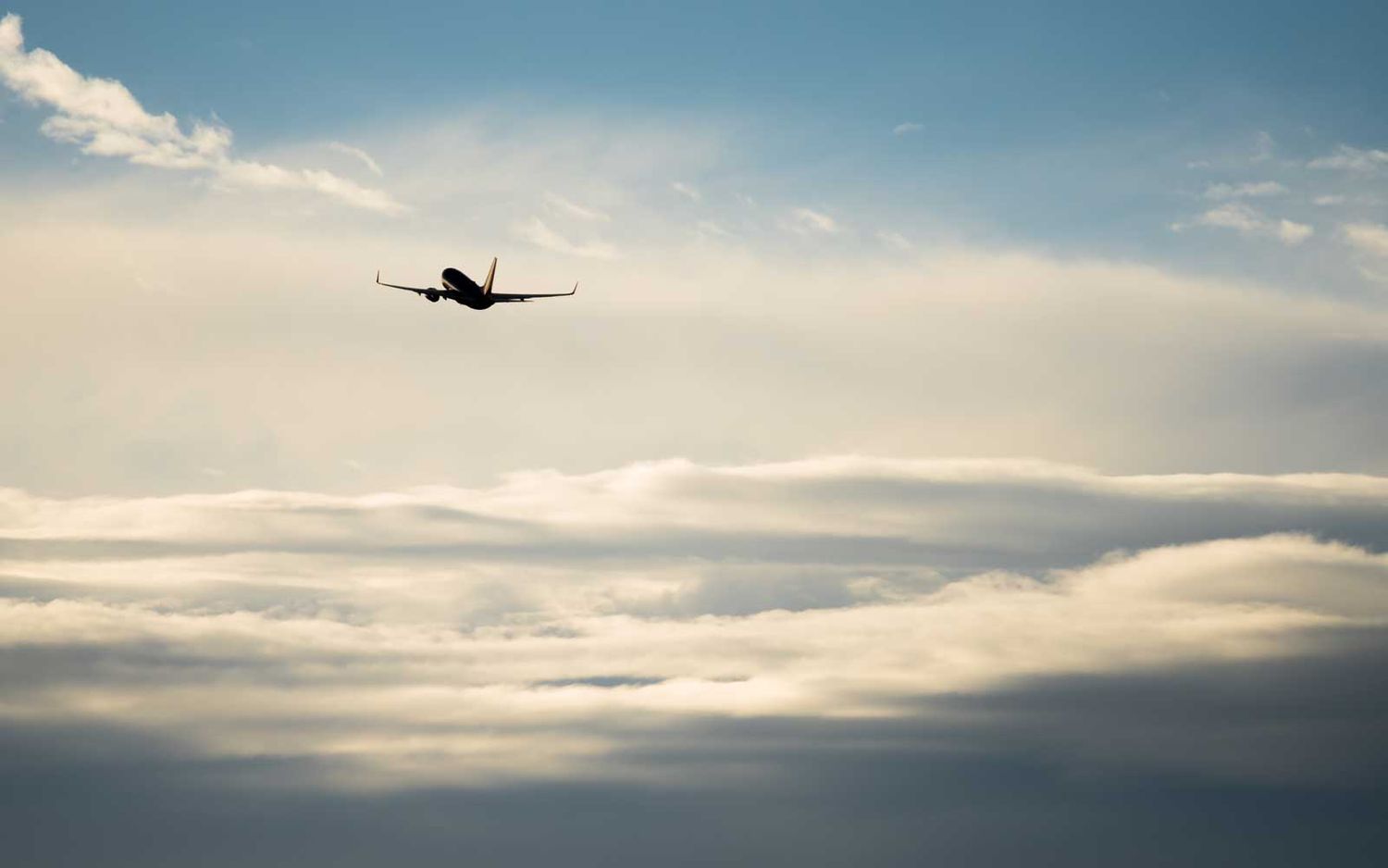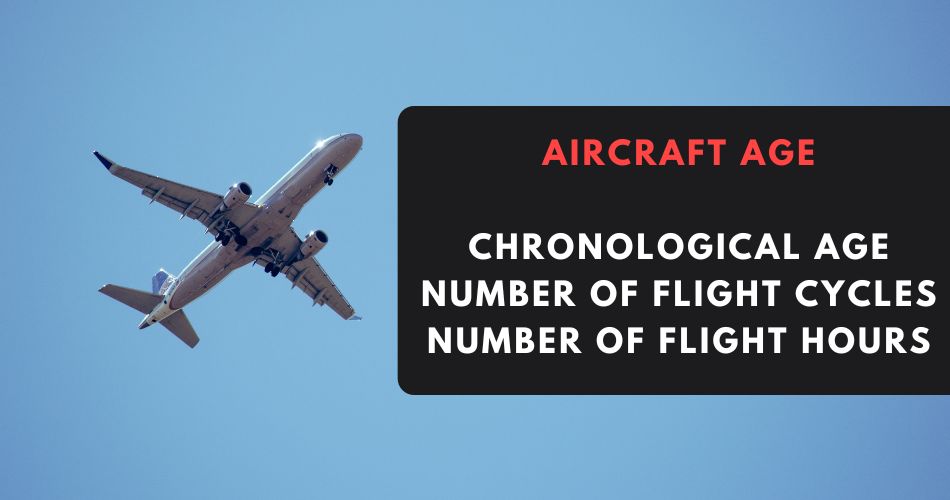How High Can An Airplane Fly? Pushing The Limits Of Modern Aviation
Ever wondered how high planes can soar above the clouds? It's a question that has intrigued travelers, aviation enthusiasts, and even kids dreaming of becoming pilots. The answer lies in the fascinating world of aerodynamics, engineering, and atmospheric science. Today we're diving deep into the skies to uncover just how high airplanes can fly and why it matters.
Picture this: you're cruising at 35,000 feet, sipping on your favorite drink, while miles below the world looks like a patchwork quilt. But have you ever thought about why planes fly at that altitude? Or what happens if they go higher? The truth is, modern airplanes are designed to operate within specific altitude ranges, and there's a lot of science behind those decisions.
As we explore the limits of aviation, you'll discover the factors that determine how high planes can fly, the consequences of exceeding those limits, and the incredible technology that keeps us safely airborne. So buckle up, because this journey through the skies is going to be one heck of a ride!
- Achtung Beim Berholen Elektroroller Abstand Was Du Wissen Musst
- Andrea Sehnke Das Musst Du Ber Ingrid Van Bergens Tochter Wissen
Why Altitude Matters in Aviation
Altitude isn't just a number on a dashboard; it's a crucial factor in aviation safety, efficiency, and comfort. Flying too low means battling turbulence and weather, while going too high brings its own set of challenges. The sweet spot for commercial flights is usually between 30,000 and 40,000 feet, where the air is thinner, fuel consumption is lower, and the ride is smoother.
But why does altitude matter so much? Well, it all comes down to physics. At higher altitudes, the air is less dense, which reduces drag and allows planes to fly faster with less effort. However, this also means that engines have to work harder to produce enough thrust, and the cabin must be pressurized to keep passengers comfortable. It's a delicate balance that engineers have perfected over decades.
The Science Behind Flight Altitude
Let's break it down: airplanes rely on lift to stay in the air, and lift is generated by the wings moving through the air. But here's the kicker – as altitude increases, the air becomes thinner, meaning there are fewer air molecules to push against. This is why commercial jets can't just keep climbing indefinitely; eventually, they reach a point where the engines can't produce enough power to maintain lift.
- Ssbbw Squashing Die Heiesten Videos Amp Mehr 2024
- Filiz Erfurt Eine Beeindruckende Geschichte Was Sie Wissen Mssen
For most commercial aircraft, this "service ceiling" is around 45,000 feet. Beyond that, the engines start to struggle, and the risk of engine failure increases. But don't worry – modern planes are designed to operate safely well below this limit, ensuring a smooth and comfortable ride for everyone on board.
Factors Influencing Maximum Altitude
So, what determines how high a plane can fly? Turns out, it's a combination of factors:
- Engine performance: More powerful engines can push planes to higher altitudes.
- Airframe design: Lightweight materials and aerodynamic shapes help planes climb higher.
- Cabin pressurization: The ability to maintain a comfortable environment for passengers is crucial.
- Weather conditions: Turbulence and temperature variations can affect flight performance.
Each of these factors plays a role in determining the maximum altitude a plane can reach, and engineers must carefully balance them to ensure safe and efficient flight.
Commercial vs. Military Aircraft: Who Goes Higher?
While commercial jets typically cruise between 30,000 and 40,000 feet, military aircraft can go much higher. The legendary SR-71 Blackbird, for example, could soar above 85,000 feet, making it one of the highest-flying planes ever built. But why can military planes fly so much higher?
It all comes down to purpose and design. Military aircraft are built for speed, stealth, and performance, often sacrificing passenger comfort for these capabilities. They use advanced materials, powerful engines, and cutting-edge technology to achieve altitudes that would be impossible for commercial jets.
Record-Breaking Flights
Speaking of records, did you know that the highest-altitude flight by a manned aircraft was achieved by the X-15 rocket plane in 1963? It reached an incredible 354,200 feet – that's over 67 miles above the Earth's surface! While this was more of a space mission than a regular flight, it shows just how far aviation technology has come.
Of course, flying that high comes with its own set of challenges. At those altitudes, pilots need specialized suits to survive, and the aircraft must be designed to withstand extreme temperatures and low atmospheric pressure.
The Impact of Altitude on Passengers
But what about the people inside the plane? How does altitude affect them? Well, it turns out that flying at high altitudes can have some interesting effects on the human body. Cabin pressurization helps maintain a comfortable environment, but even then, passengers may experience mild symptoms like ear popping or dry skin.
At cruising altitudes, the air pressure inside the cabin is typically equivalent to being at 6,000 to 8,000 feet above sea level. This is why some people may feel a bit lightheaded or tired during long flights. However, modern aircraft are designed to minimize these effects, ensuring a safe and comfortable experience for everyone on board.
Tips for Comfortable High-Altitude Travel
Here are a few tips to help you stay comfortable during your next high-altitude flight:
- Stay hydrated: Drink plenty of water to combat the dry air.
- Move around: Stretch your legs and walk up and down the aisle to improve circulation.
- Chew gum: This can help relieve ear pressure during takeoff and landing.
- Adjust your sleep schedule: If you're traveling across time zones, try to adapt to the local time before your flight.
By following these simple tips, you can make your high-altitude journey as comfortable as possible.
The Environmental Impact of High-Altitude Flight
As we soar higher into the atmosphere, it's important to consider the environmental impact of aviation. Flying at high altitudes can contribute to climate change, primarily through the release of greenhouse gases and the formation of contrails – those wispy clouds you see trailing behind planes.
Contrails can trap heat in the atmosphere, contributing to global warming. However, researchers are working on ways to reduce their impact, such as adjusting flight altitudes and developing more efficient engines. These efforts are part of a broader push to make aviation more sustainable for future generations.
What's Being Done to Reduce Emissions?
Airplane manufacturers and airlines are investing heavily in new technologies to reduce emissions. From lightweight materials to biofuels, the industry is exploring innovative solutions to make flying more environmentally friendly. Some airlines are even experimenting with electric and hybrid planes, which could revolutionize the way we travel in the future.
While there's still a long way to go, these efforts show that the aviation industry is committed to reducing its impact on the planet. And as consumers, we can support these initiatives by choosing eco-friendly airlines and offsetting our carbon footprint when possible.
Future Developments in High-Altitude Flight
Looking ahead, the future of high-altitude flight looks exciting. Advances in technology are paving the way for faster, more efficient, and more sustainable planes. From supersonic jets to space tourism, the possibilities are endless.
One of the most promising developments is the rise of hypersonic travel, which could allow passengers to cross continents in just a few hours. While these technologies are still in the early stages, they represent a glimpse into what the future of aviation might hold.
Will We Fly Higher in the Future?
As planes become more advanced, it's possible that we'll see commercial flights reaching even higher altitudes. However, this will require significant advancements in engine technology, materials science, and cabin pressurization. For now, the focus remains on improving efficiency and reducing emissions, but who knows what the future holds?
One thing's for sure – the sky's no longer the limit. With each passing year, aviation pioneers are pushing the boundaries of what's possible, taking us higher and faster than ever before.
Conclusion: Soaring to New Heights
As we've explored in this article, the question of how high an airplane can fly isn't just about numbers; it's about the incredible science and engineering that make modern aviation possible. From commercial jets to military aircraft, each plane is designed to operate within specific altitude ranges to ensure safety, efficiency, and comfort.
So the next time you're cruising at 35,000 feet, take a moment to appreciate the technology that keeps you safely airborne. And if you're curious about the limits of aviation, remember that researchers and engineers are constantly pushing the boundaries of what's possible.
Now it's your turn! Leave a comment below and let us know what you think about high-altitude flight. Are you excited about the future of aviation? Or do you have any questions about how planes fly so high? Share your thoughts, and don't forget to check out our other articles on all things aviation!
Table of Contents
- Why Altitude Matters in Aviation
- The Science Behind Flight Altitude
- Factors Influencing Maximum Altitude
- Commercial vs. Military Aircraft: Who Goes Higher?
- Record-Breaking Flights
- The Impact of Altitude on Passengers
- Tips for Comfortable High-Altitude Travel
- The Environmental Impact of High-Altitude Flight
- What's Being Done to Reduce Emissions?
- Future Developments in High-Altitude Flight
- Mega Lecker Wraps Mit Hackfleisch Das Musst Du Probieren
- Reis Kochen Leicht Gemacht Tipps Tricks Fr Perfekte Ergebnisse

How high can an airplane fly

How High Can A Airplane Fly TouristSecrets

How Many Years Can An Airplane Fly? (Is The Age Of An Aircraft A Safety